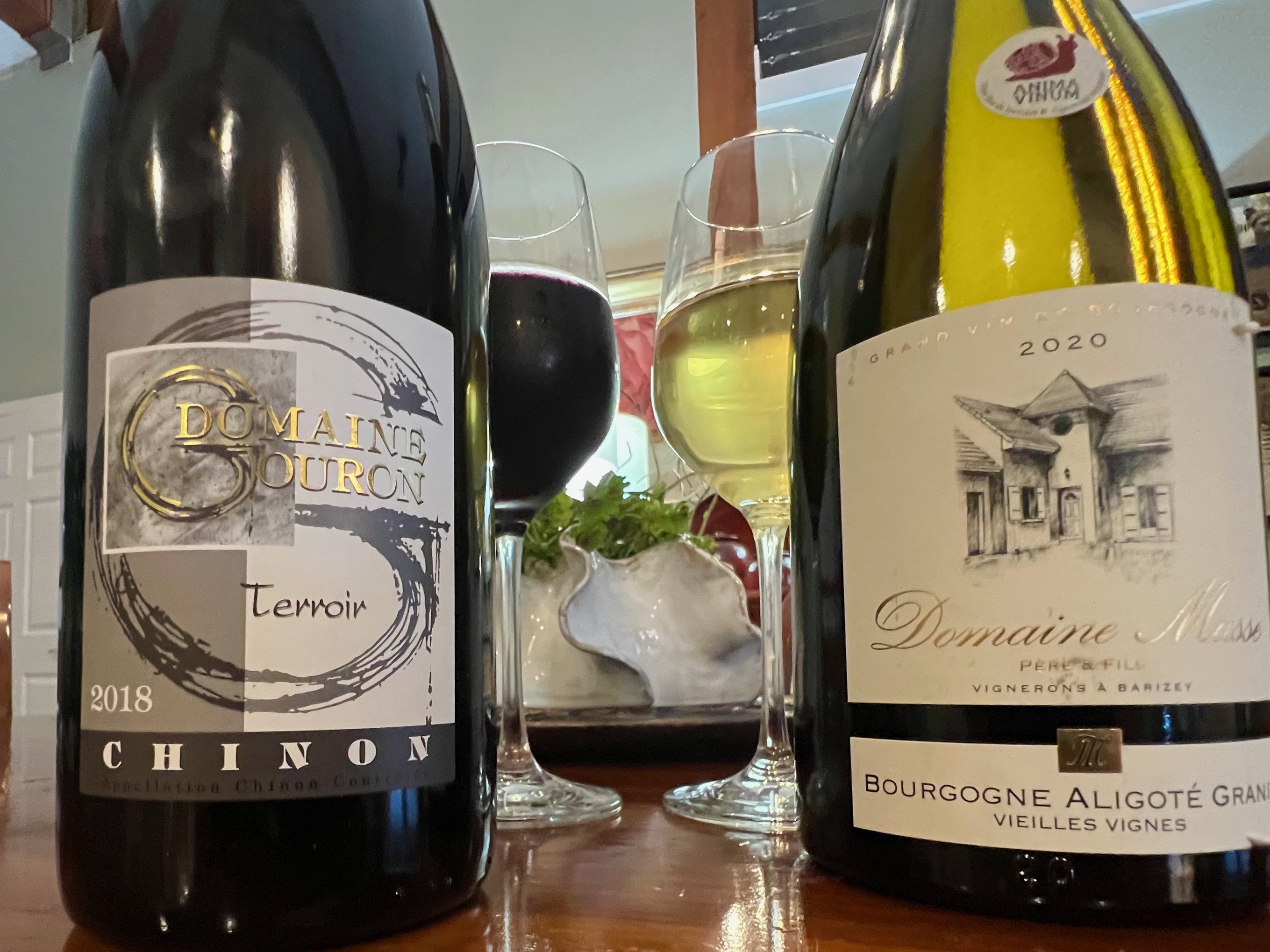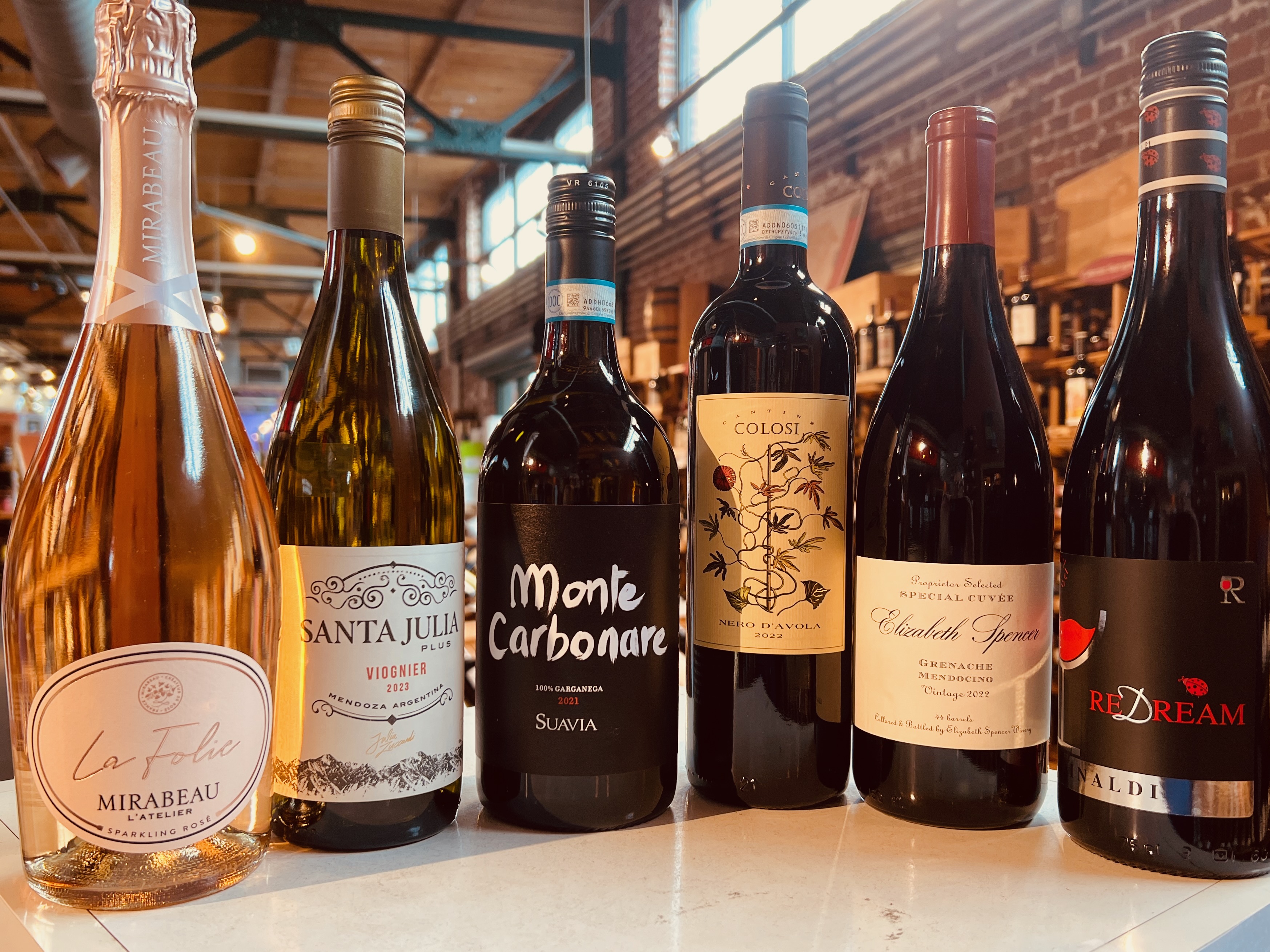When I find compatible wine and food combinations, I have to force myself to try different pairing options and think outside the box… er…bottle. I suppose it’s because I’m a firm believer in the old adage, “if it ain’t broke, don’t fix it,” so I am very reluctant to risk suffering through, heaven forbid, a meal where the wine and food pairing is not simpatico. That would be as devastating and unpalatable as a loss to Pitt on Homecoming Day in Morgantown.
It’s all about priorities, and mine are rooted in hedonism and the endless search for gustatory nirvana. So, it is sometimes difficult for me to pass up tried and true combo’s like: grilled ribeye paired with a full-bodied, robust cabernet sauvignon; or lobster dunked in drawn butter and accompanied by a glass of rich and oaky chardonnay; or how about a silky pinot noir with roasted salmon or even a refreshing glass of sauvignon blanc with capellini slathered in a basil and pine nut pesto?
You get the picture, right? Well, I’m here to tell you it’s time to live a little on the wild side and try some wines that are not in your vinous wheelhouse. Today, I’ll suggest a few whites and reds that you might not have sipped, but which can serve as tasty alternatives to the old tried and true wines mentioned above.
White Wine Alternatives
If you are a chardonnay aficionado, you might try a wine called aligoté’ (Al-ee-go-tay). The aligoté grapes are planted in the Burgundy region of France where the more famous and expensive white (chardonnay) also grows. Like chardonnay, aligoté has ripe apple flavors, excellent acidity and a rich finish. Try it with roast chicken or pan sauteed white fish like cod.

If you regularly enjoy the flavors of sauvignon blanc, you probably would relish sipping falanghina (Foul-en-geen-uh). Falanghina is grown in the southern Italian region of Campania near Naples, and it has some of the same flavor characteristics as sauvignon such as herbal, floral and tropical notes. An excellent pairing to dishes like Frito Misto (fried seafood), or meals that feature asparagus and other herbs, falanghina is also a superb accompaniment to the aforementioned pesto pasta.
If you enjoy sipping pinot grigio on the deck or paired with appetizers and lighter seafood dishes, you should give picpoul de pinet (Pick-pull-da-pee-nay) a try. The wine is a mouthful to pronounce, but it is chock full of citrus flavors with a lovely nuance of minerality that pairs especially well with dishes like bouillabaisse or lighter flavored cheeses. This wine from southern France is also a great value with retail prices around $15 a bottle.
Red Wine Alternatives
Most wine lovers enjoy cabernet sauvignon and other full-bodied reds with hearty dishes like beef and pork roasts or full-flavored stews. If you’re tired of the same old, same old, switch things up with Chinon (She-non.) This red hails from the Loire region in France and is made from cabernet franc – a genetic relative of cabernet sauvignon. Chinon has many of the same flavor profiles found in cabernet sauvignon with a bit more herbal tones. Cabernet franc is often combined with cabernet sauvignon and merlot to create a supple blend. Chinon, however, is made with one hundred percent cabernet franc, and it’s a lovely accompaniment to roast pork tenderloin and grilled lamb chops.
I probably consume more pinot noir than any other type of red wine. That’s because of its suitability to a wide variety of foods from meat to fish and even spicy dishes. However, when I need a great red alternative to pinot noir, I often select Aglianico (Al-yawn-ee-ko). This southern Italian grape has earthy, smoky aromas with black cherry and blueberry flavors. It is, like pinot noir, a great accompaniment to spicy barbecue as well as smoked salmon and grilled burgers.
If you’re a fan of full-bodied California zinfandel and/or syrah, grenache might an excellent alternative to those purple monsters, especially ones grown and produced in either Spain (where it is known as garnacha) or in Australia. Like zinfandel, grenache is a very versatile grape. Depending on the whim of the winemaker or the geographic location where it is grown, grenache can produce a medium-bodied wine or a really full-bodied, lush and dark berry flavored whopper. I usually seek out the fuller-flavored ones and, if that’s your preference too, be sure to have your wine shop salesperson know what youi’re looking for. My two favorite wines are Alto Moncayo Garnacha from Spain and Clarendon Hills Grenache from McLaren Vale in south Australia.
So, live dangerously and take a chance on alternatives to your everyday go-to bottles. You might be pleasantly surprised. If you’re disappointed, it still won’t be as bad as losing to Pitt.
John Brown is also a novelist. His latest book, Augie’s World, is a sequel to his debut novel, Augie’s War. Both novels are available in print and audio at Amazon. You can find out more about his novels and wine columns at wordsbyjohnbrown.com




 Here are my two wine recommendations for “Rack of Pork Agrodolce.”
Here are my two wine recommendations for “Rack of Pork Agrodolce.” For the Agrodolce:
For the Agrodolce: